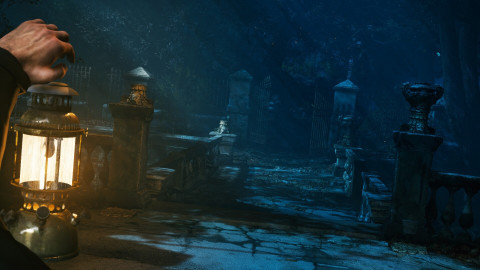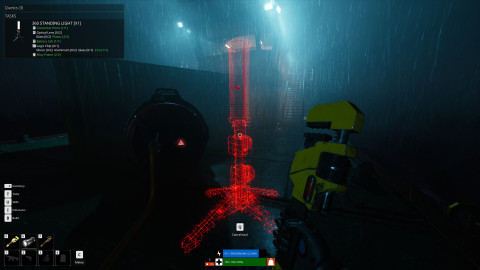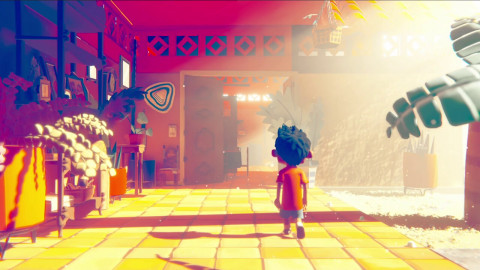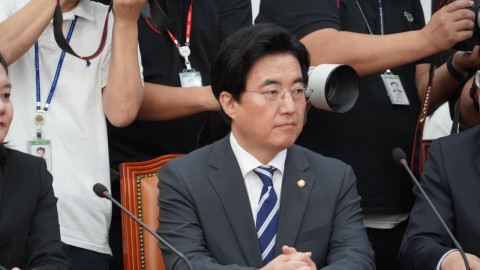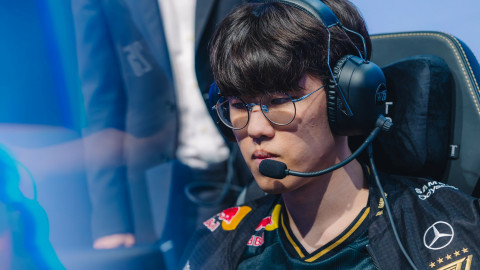
When EVO officially said goodbye to Super Smash Bros. Melee, it was a painful reality to many of the franchises most veteran competitors. The communities reaction was mixed, as you might expect, with some criticizing the decision with others conceding that it was time for Melee to finally retire from the EVO stage.
After all, despite the legendary status of fighting games like Street Fighter: Third Strike or Marvel Vs. Capcom 2, it is commonly accepted that their place on the largest competitive fighting game stage had ended. The combination of these games old-age and the presence of new alternatives makes the decision to "move on" easy. These games still thrive via side events and auxiliary tournaments and their competitive community is content with this.
However, Before Super Smash Bros. Ultimate revealed itself as a certified hit, Melee never really had the option to retire with grace. Sure, the two Smash sequels after Melee were huge commercial successes, but the competitive depth of these titles never came close to thrilling audiences in the way that Melee did.
Hardcore fans of Super Smash Bros. Brawl and Super Smash Bros. Wii-U have every right to enjoy the competitive side of these titles, but it isn't a matter of opinion to say that neither of these games ever managed to replace Melee as a serious
There was no impetus for Melee's competitive scene to ever die. As long as it was the most thrilling Smash
Today, Joey "MrWiz" Cuellar announced on Twitter which games were leading in tournament registrations for EVO 2019. Traditionally, the fighting game community uses tournament registration numbers as an indicator of a game's popularity: the number of people that want to compete usually correlates with the number of people who want to watch.
With Melee out of the picture, Ultimate emerged as the EVO Front runner, beating both Tekken and Street Fighter.
Not only is Ultimate the most popular game at EVO, but it is also the first new Smash game to be almost universally embraced by top Melee competitors. Melee veterans such as Armada, Leffen, Mango,
Nearly 4 months after it's release, the competitive appeal of Ultimate hasn't waned in the slightest. In fact, its huge roster of characters (and each of their relative balance) has given content creators and competitive players dozens of things to explore. For example, some of the most popular Ultimate content is regularly tier list updates from pro-players and tournament reports community figures -- it seems like every month perceptions of game balance change.
There is also the matter of Ultimate being the very first game in the series to include patch notes alongside major updates -- a colossal improvement from the mysterious and cryptic balance methods of previous Smash games. Sure, the online play is still pretty horrible, but few people seem to think it is bad enough to stop playing Ultimate.
Ironically, as Ultimate continues to flex its competitive entertainment value, Melee seems to be taking steps backward. First, it was the public and persistent debate over whether tournament organizers should finally ban "Wobbling" (an oppressive Melee technique performed by Ice Climbers that results in an instant stock loss if their opponent is grabbed). Now, it is an infamously boring match during an otherwise action-packed tournament that highlighted some of the worst aspects of Melee's competitive balance.
It isn't news to report that Melee isn't the most balanced game. Most of the games characters are horrible for competitive play and tournaments are dominated by the same 7-8 characters (if we are being generous). Fox may be stupidly overpowered, but the speed and precision required to play him make up for it.
Jigglypuff, on the other hand, can be a lot less thrilling when played at the highest level.
Jigglypuff is not-so-obviously one of the best (if not the best) characters in Melee and a big part of that is due to her ability to play extremely defensively whiling forcing an opponent to approach her. Thanks to her superior aerial mobility, Jigglypuff can almost ways stall the match by moving around the stage in such a manner that makes it nigh impossible for most characters to approach her without accepting a massive disadvantage.
So, when an opponent doesn't want to purposefully place themselves in disadvantage, they wait around until Jigglypuff stops stalling. Because Jigglypuff has no real reason to stop stalling, an infinite loop of "correct" play is formed where neither player has any real motivation to break parity.
In short, these moments aren't the type of things that attract major sponsors to an esports event.
So far, Smash Ultimate doesn't have any of these entertainment problems. Brawl was plagued by Meta Knight and stalling techniques, Smash Wii-U was terrorized by overpowered DLC characters and now it seems that Melee, after nearly two decades of competitive play, is facing a crisis tournament organizer need to solve.
Should Jigglypuff automatically lose time-out matches? Should there be player interaction timers? Is Wobbling worthy of a ban? All of these questions are reminders as to why EVO 2019 is no longer featuring Melee and why, for the most part, Ultimate's rise as the de-facto competitive smash game is inevitable.
And the community seems all right with this.
Ultimate's netplay and character diversity have created a streaming presence on Twitch.tv that Melee never really had. On top of this, Ultimate offers a host of fresh, new competitors that are hungry to win tournaments and become sponsored players. Seeing these players win against the "gods" of Melee is the type of shake-up that makes viewers want to tune in to the next tournament. It creates a narrative in where Melee fans can still root for their favorite players, cheering them on as they attempt to master new characters, against new rivals in a new game.
Previous Smash: Wii U players like Tweek, Dabuzz,
Even Nintendo is embracing the aptly titled Ultimate as the "definitive" version of competitive smash. Sure, Nintendo’s North America Open laughably featured items and Smash Balls on alongside a seriously strange format, but it still sent a loud message to esports minded gamers: Ultimate is a game that Nintendo is actively trying to market as a competitive fighter.
So, Melee can finally take a rest. It no longer has to carry the torch that signals to the rest of the esports industry that Super Smash Bros. is, in fact, a fighting game. Ultimate is the first Smash game to come along and accept the path that Melee has persistently forged throughout years of industry neglect and doubt.
Melee isn't dead, nor is it ever going to go away -- it just doesn't have to compete with
-

Warcraft 3 is my one true love and I will challenge anyone to a game of Super Smash Brothers Melee.
Sort by:
Comments :1
-
1

level 1 Carson_F
This article is so full of shit. F*** you, melee isn’t dying.

